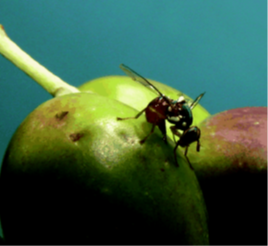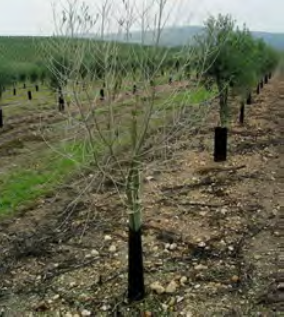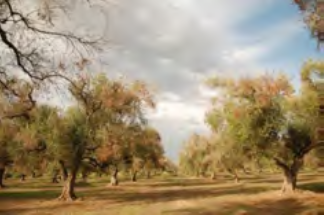30 Apr Olive Industry Biosecurity Awareness & Preparedness Reminder2

Biosecurity plan for the olive industry (Version 2.0 October 2016)
Biosecurity planning provides a mechanism for the olive industry, government and other relevant stakeholders to assess current biosecurity practices and future biosecurity needs.
The Biosecurity Plan for the Olive Industry outlines key threats to the industry, risk mitigation plans, identification and categorisation of exotic pests and contingency plans.
On-farm biosecurity best practices play a pivotal role in maintaining Australia’s reputation of producing high quality products. Growers maintaining a pest-free environment can capitalise on this reputation and use it as a trade asset to gain leverage into global and local markets. Additionally, biosecurity practices can act as security against farm quarantine measures.
Proper biosecurity signage; insect, weed and pest surveillance; and on-farm clean-down facilities are three commonly used farm biosecurity measures.
Click on the above link and read on
Olive Biosecurity Plan Review
Note: The Biosecurity plan for the olive industry (Version 2.0 October 2016), will be reviewed and updated in 2021/22, to take account of new pests and diseases of olives, including the following fungal pathogens found in Australia over recent years, but not yet recorded on olives:
- Neofusicoccum vitifusiforme (dupe rot of olives) – is recorded in the OBP but now reported in Eucalypts in NSW & WA (collected in 2016)
- Neofusicoccum parvum – associated with general olive decline (foliar browning and leaf drop – symptoms similar to Verticillium Wilt) on olives in Puglia Italy – is also recorded on a broad range of hosts in Australia including Olea africana in NSW (collected 2013)
- Cytospora sorbicola (canker / dieback of fruit and nut crops) – is reported in the literature as a destructive canker and dieback pathogens of a wide range of woody hosts including olive (noting it is also associated as a secondary pathogen with trees damaged by borers and other insect pests). (Found in 2018 on plum in WA).
- Nothophoma quercina (brown spot of jujube) (found in 2018 on Jujube in WA) – is also reported in the literature to cause dieback of olive trees in Tunisia.
AOA is currently sourcing further information including grower fact sheets on these pathogens.
High priority exotic pests and diseases of olives
The Biosecurity Plan for the Olive Industry identifies the following high priority exotic pests and diseases of olives in Australia – are you able to recognise these?
| Common name | Scientific name | Image | EPPRD category |
| Olive fly | Bactrocera oleae |  |
Not yet categorised |
| Olive moth | Prays oleae |  |
Not yet categorised |
| Verticillium wilt | Verticillium dahliae (exotic defoliating strains) |  |
3 |
| Xylella fastidiosa | Xylella fastidiosa including X. fastidiosa subsp. multiplex and pauca |  |
2 |

Ref: https://www.planthealthaustralia.com.au/industries/olives/
The Australian Olive Association (AOA) represents the biosecurity interests of olive producers and the industry. They are members of Plant Health Australia and signatories to the Emergency Plant Pest Response Deed. AOA responsibilities include:
- biosecurity planning and implementation at the national and farm levels
- liaising with federal and state governments on trade issues
- funding and supporting biosecurity initiatives
- participating in national committees and response efforts in an emergency
PROTECTING PLANTS, PROTECTING LIFE
2020 has been declared as the International Year of Plant Health by the United Nations, acknowledging how protecting the health of plants is vital for human health, food security, trade and the environment. You can learn more about this initiative on the FAO website here.

